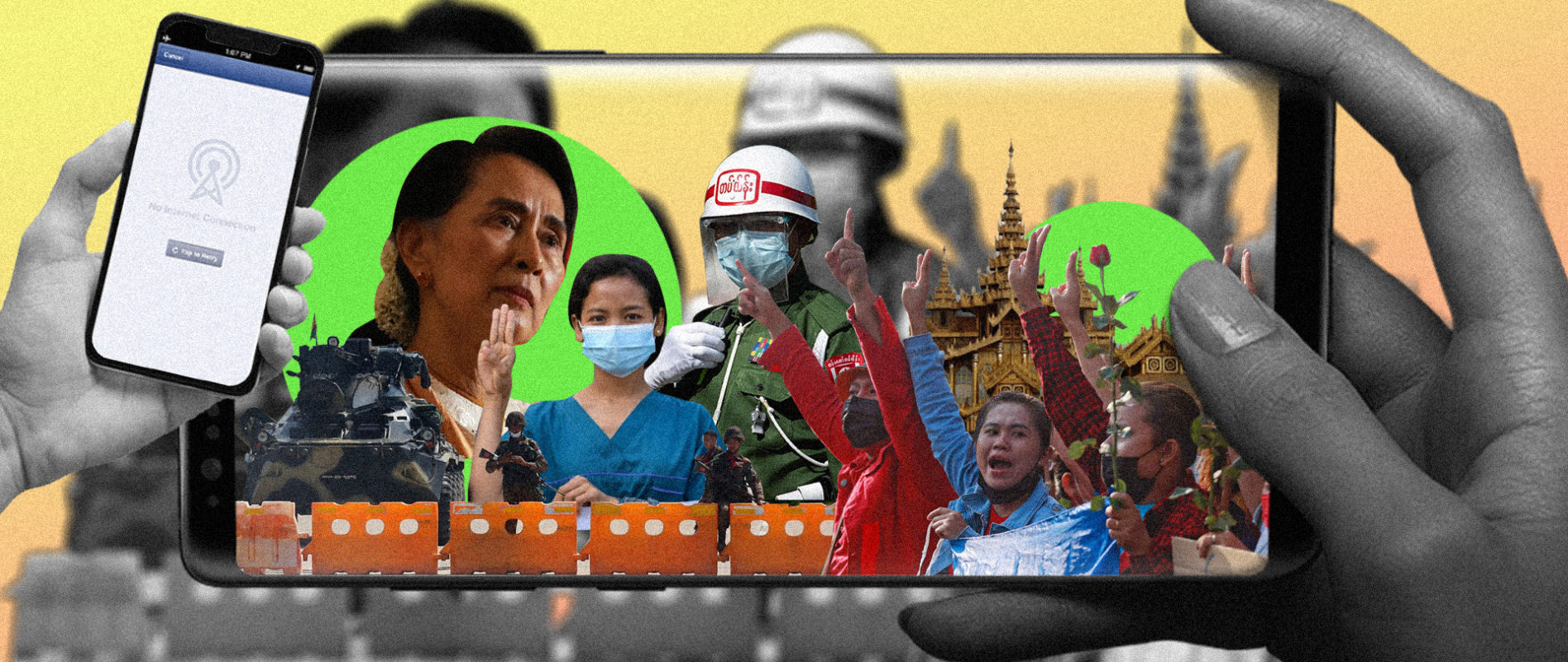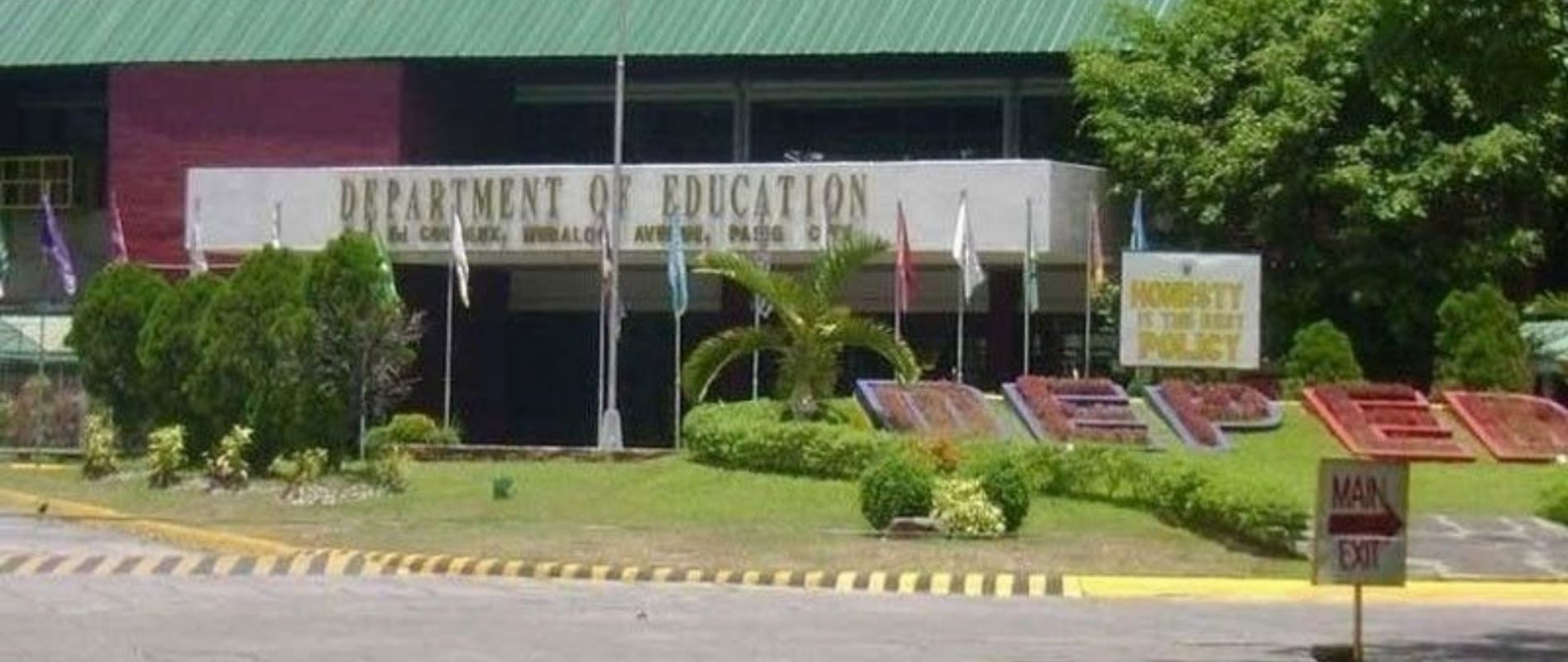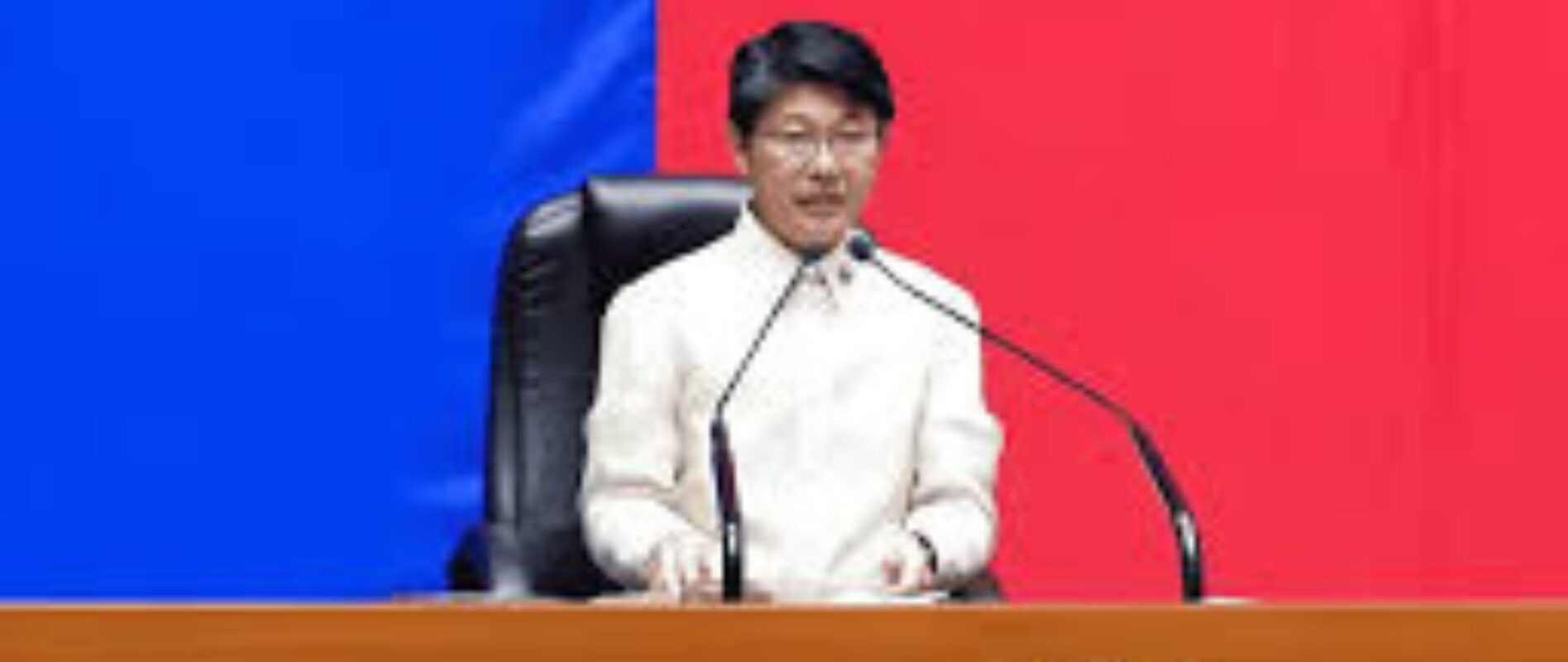#WHATSHAPPENINGINMYANMAR: HERE’S EVERYTHING YOU SHOULD KNOW ABOUT ITS FIGHT FOR DEMOCRACY
Myanmar is currently under siege by the military with claims of election fraud. Citizens take it to the streets to demand their democratic leaders to be released.
In the midst of the world’s seemingly unending fight against COVID-19, and all the societal and cultural implications it has produced in consequence, it seems that political turmoil is a reality that simply cannot be held off by either one. In the country of Myanmar, also known as Burma, this truth comes to a devastating reveal in the form of its military seizing ultimate power over the recently-established democratic rule.
But what, really, is happening?
For context, Myanmar had only recently been transformed into a democratic government. For almost 50 years, 1962 until 2011, it was ruled by armed forces of the military (officially known as the Tatmadaw) that were known to be ruthless and tyrannical in asserting their power over citizens.
In 2011, a new government was ushered in for the return of civilian rule and democracy. One of its leaders, Aung San Suu Kyi, won the national elections in 2015 by a landslide to form the first civilian government under the National League for Democracy Party (NLD). Suu Kyi, before her historic win, was as an activist passionately campaigning for democratic reform since the 1990s. She was awarded the Nobel Peace Prize in 1991, and was formerly a political prisoner for organizing rallies and open dissent.
The NLD and Suu Kyi won last year’s general elections in Myanmar by another landslide. Something that the military, or the Tatmadaw, refused to accept.
After a series of denied requests to look into its claims of “national election fraud,” the Tatmadaw forced Myanmar’s hand on February 1, and took the seat of power by arresting Suu Kyi and other leaders of the NLD, cutting off internet services, and blocking news channels from broadcasting.
The military justified its coup by claiming that it was acting on the side of the people, and ensuring that a true democracy would prevail with a re-election next year, after a year-long “state of emergency” imposed by the military themselves.
Commander-in-Chief of the Defence Services Min Aung Hlaing is now in power of the State for the duration of the state of emergency, while Vice President Myint Swe will now serve temporarily as President.
— The Myanmar Times (@TheMyanmarTimes) February 1, 2021
Now, Tatmadaw Commander-in-Chief Min Aung Hlaing has taken charge of the country, and will continue to do so until the alleged fraud probe has been completed.
In response, the citizens of Myanmar, who still feel the wounds of the military’s past regimes, have called a nationwide strike to protest against the coup d’état. Every day since February 6, the capital’s streets, and in several main cities, large demonstrations have been organized to demand the release of Suu Kyi and other democratic leaders.
In Pegu, WITHOUT WARNING police used water pressure truck & made harmful to the people who were demonstrating peacefully.
HEAR OUR VOICE #WhatsHappeningInMyanmar #Feb9Coup pic.twitter.com/7p2rPihT5e— ThinThantThant Aung (@tripleT_aung) February 9, 2021
Residents in Bahan township, Yangon, seen protesting against the military on Monday.
Photos: Aung Htay Hlaing/The Myanmar Times#WhatsHappeningInMyanmar pic.twitter.com/WtwhSJTq9C
— The Myanmar Times (@TheMyanmarTimes) February 8, 2021
Today YANGON, Feb-9
HEAR OUR VOICE
Day 9 after military coup.
We need to tell the whole world. We are fighting for our future.#WhatsHappeningInMyanmar#Feb9Coup pic.twitter.com/UDh1UomsiQ— NZlinn (@nyanzlinn) February 9, 2021
Police arrest protesters in Mandalay
============A boy and a girl were arrested on 38th Street for holding anti-government leaflets and pointing there fingers sign at police
‼️HEAR OUR VOICE ‼️#Feb9Coup#WhatsHappeningInMyanmar pic.twitter.com/uaiwn3C68u
— EternitywithMSS MyanmarFC???????? (@mew_myanmar) February 9, 2021
Incredible numbers out in Maymyo today (Aung Myint Myat Cho) pic.twitter.com/v5tZlQXEz3
— Rangoon (@Rangoon_Film) February 8, 2021
An overwhelming amount of people, both old and young, have boldly stood together to reject the military’s claim for power. As of writing, the military has retaliated by using water trucks against peaceful protests through the police, arresting several protesters, imposing curfews, and restricting certain areas. But there is great fear among the people of what more would be unleashed in the coming days. Especially considering every human rights violation that has happened under the Tatmadaw of old.
With everything that has happened in the last 60 years, it seems that history might be repeating itself in Myanmar. And we fear that this might just be the beginning.














